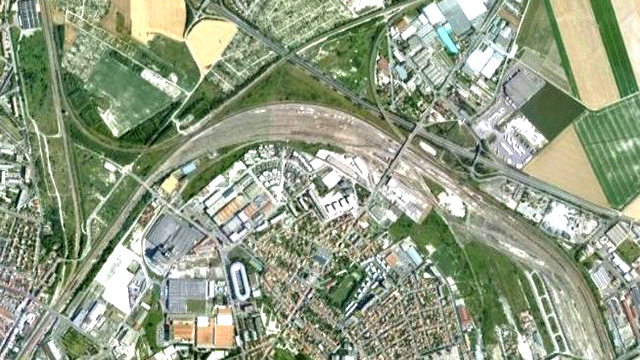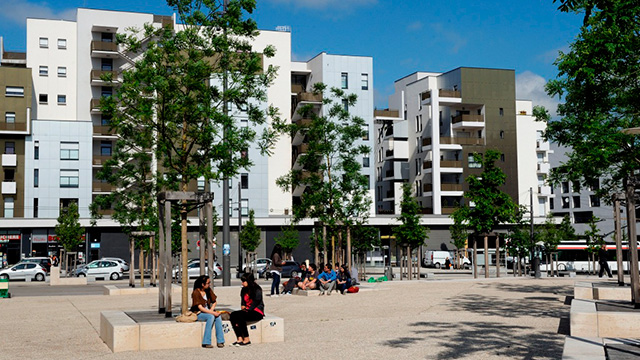Social demand, economic constraints and technical solutions are key components in the approach to the energy and digital transitions and urban sustainability. The CSTB combines high-level technical skills (energy, health, environment, safety, etc.) with high-level socioeconomic skills, in the building sector and their urban environments, so that it can guide both public authorities and socioeconomic stakeholders in understanding the economic determinants and impacts of their policies and technological solutions.
Expertise
The economy of construction
- Analysis of the cost of construction. Modeling/measurement of the impacts of new regulations, standards and technological choices on the costs of a project. Analysis in terms of production cost and total cost.
- Analysis of the construction/materials sectors. Level of competition of producers, economic model and maturity of the sector, level of innovation, type of customer base and distribution channel
Economy of the energy and digital transition
- Development of the determinants of energy consumption (rebound effect) and of the choice of works by households
- Predictive modeling of energy consumption by the housing stock. Assessment of the impact of public policies and instruments, i.e. carbon tax, carbon market, feed-in tariffs, CEE, CITE, interest-free eco-loans, etc. Optimization of building stock renovation strategies
- Analysis of the expected gains in the construction industry due to the generalization of BIM in the medium term, through international sources, case studies, surveys and theoretical models.
The economy of development
- Analysis of the organizational forms of urban development, their respective advantages and the production cost of property
- Overall evaluation of development, integrating all costs and benefits into the lifetime of the operation
Resources
- Using statistical databases: INSEE (ENL, BDF), MEDDE (PHEBUS, écoPTZ, SaLiCoRN), CSTB, etc. and conducting ad hoc surveys.
- Development of models based on socioeconomic analysis methods




 Energy & Environment
Energy & Environment  Urban Development
Urban Development